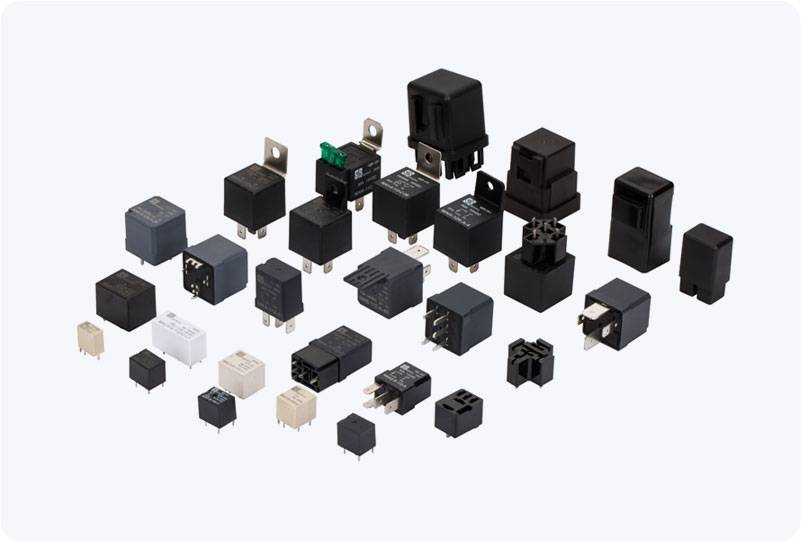Power relay contact welding is a critical issue in electrical systems, where relay contacts can fuse together due to excessive heat and current. This phenomenon can severely disrupt system performance, leading to failures or even complete breakdowns of essential equipment. Addressing contact welding is vital to maintaining the reliability and longevity of power relays, especially in high-power applications. This article explores the causes of power relay contact welding and presents several solutions to mitigate or prevent this problem.

Causes of Power Relay Contact Welding The primary cause of relay contact welding is the heat generated by the high current that passes through the contacts during switching operations. When the relay closes, electrical current flows through the contact points, and if the current is too high or the contact material is insufficiently durable, excessive heat builds up. This heat causes the contact surfaces to melt or fuse together, resulting in welding. In addition to high currents, other factors such as high switching frequencies, inductive loads, and environmental conditions like temperature and humidity can exacerbate the problem. Over time, repeated switching and the resulting thermal stress can degrade the contact surfaces, leading to poor performance and eventual failure.